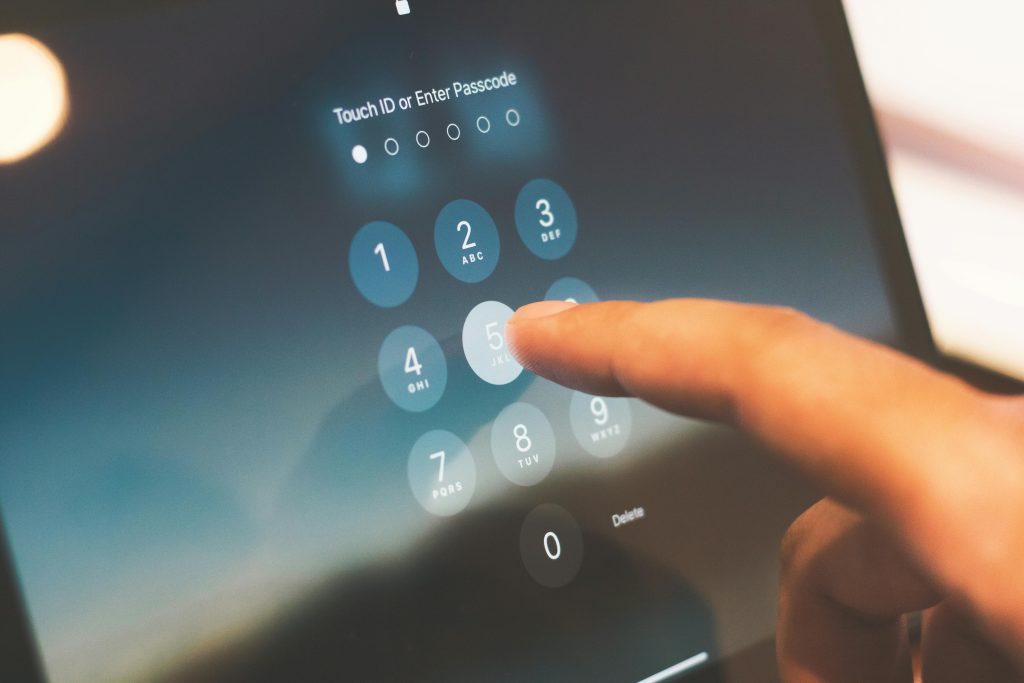Troubleshooting White Screen Issues on Windows 11: A Comprehensive Guide
Encountering a completely white or blank screen when launching web browsers or applications can be a frustrating experience, especially when it prevents access to essential tools like Chrome or Edge. If you’re using Windows 11 on a device such as a Surface laptop and facing similar issues, this guide aims to provide clear, professional guidance to help you resolve the problem efficiently.
Understanding the Issue
Users have reported scenarios where both Microsoft Edge and Google Chrome open to an all-white or blank screen, rendering the browsers unusable. This issue can stem from various causes, including hardware acceleration conflicts, software glitches, or system-specific bugs.
Common Obstacles Faced
- Inability to access browser settings due to the blank screen.
- Difficulty entering Safe Mode, often due to Windows 11 pin authentication bugs.
- Challenges in troubleshooting without access to essential settings or Safe Mode options.
Step-by-Step Troubleshooting Strategies
1. Use Alternative Methods to Disable Hardware Acceleration
Since the white screen prevents direct access to browser settings, attempt these alternatives:
- Launch Browsers with Flags:
-
For Chrome:
- Right-click the Chrome shortcut and select “Properties.”
- In the Target field, add the following flag at the end:
--disable-gpu - Apply the changes and relaunch Chrome.
-
For Edge:
- Similarly, modify the shortcut properties by adding:
--disable-gpu - Relaunch the browser.
- Similarly, modify the shortcut properties by adding:
-
Use Chrome’s Command-Line Options:
- Launch Chrome via the Run dialog (
Windows + R) by typing:
chrome.exe --disable-gpu - This bypasses the usual startup and may allow access to the browser.
2. Accessing Safe Mode When Standard Methods Fail
If normal Safe Mode entry is hindered due to PIN bugs:
- Use Automatic Repair Options:
- Power off your device completely.
- Turn it on and force shutdown during the Windows logo to trigger Automatic Repair.
- Choose “Advanced options” > “Troubleshoot” > “Advanced options” > “Startup Settings.”
-
Click “Restart,” then select “Enable Safe Mode with Networking.”
-
Boot Via Windows Recovery Tools:
–
Share this content:



